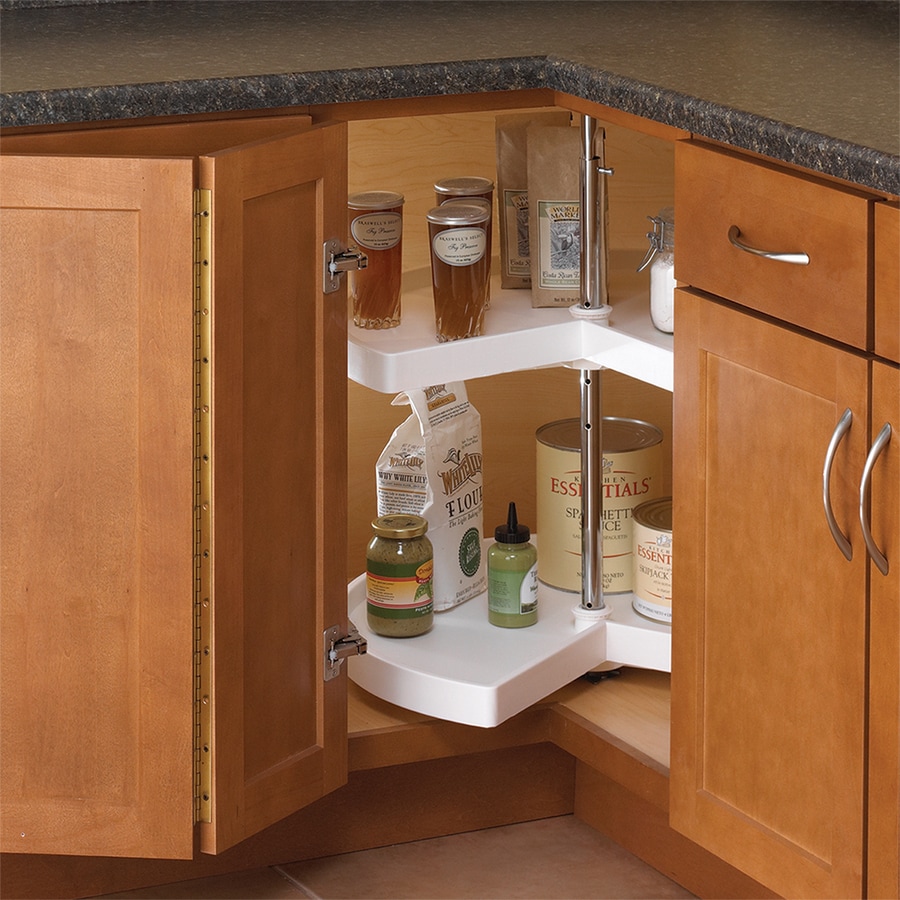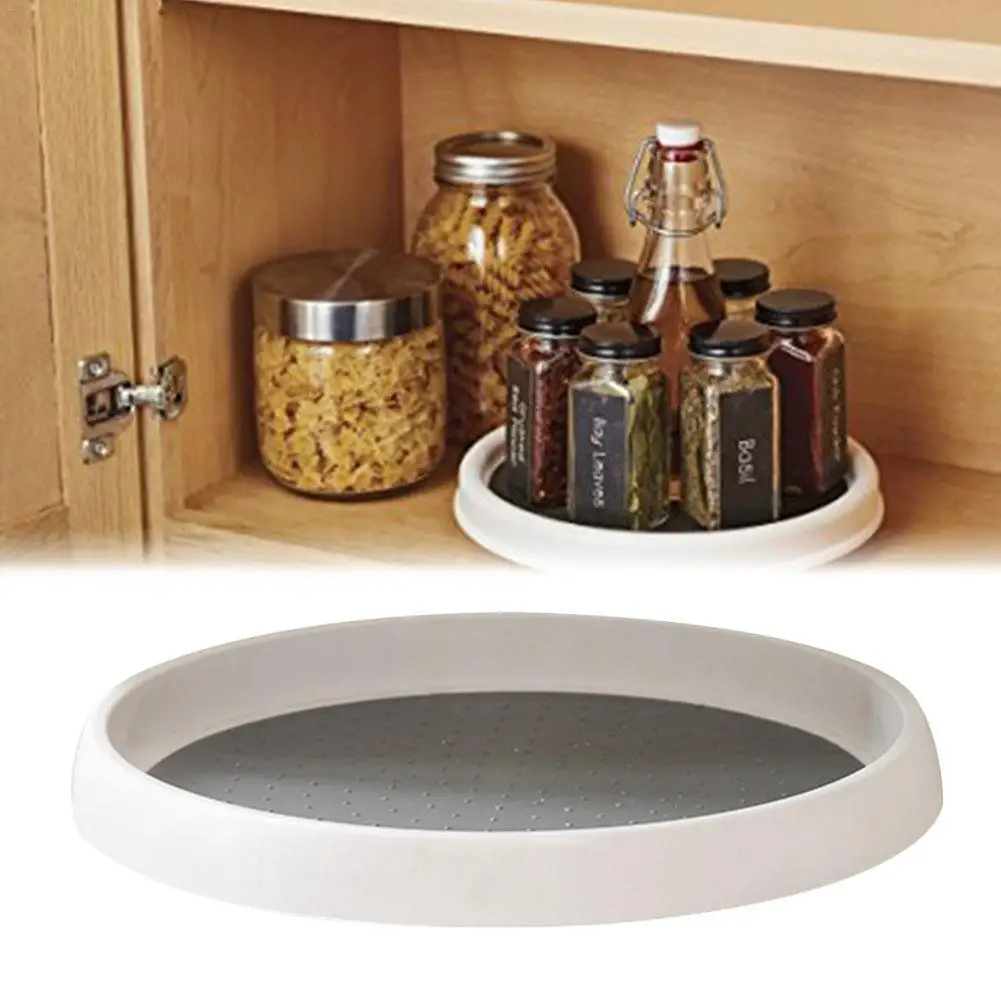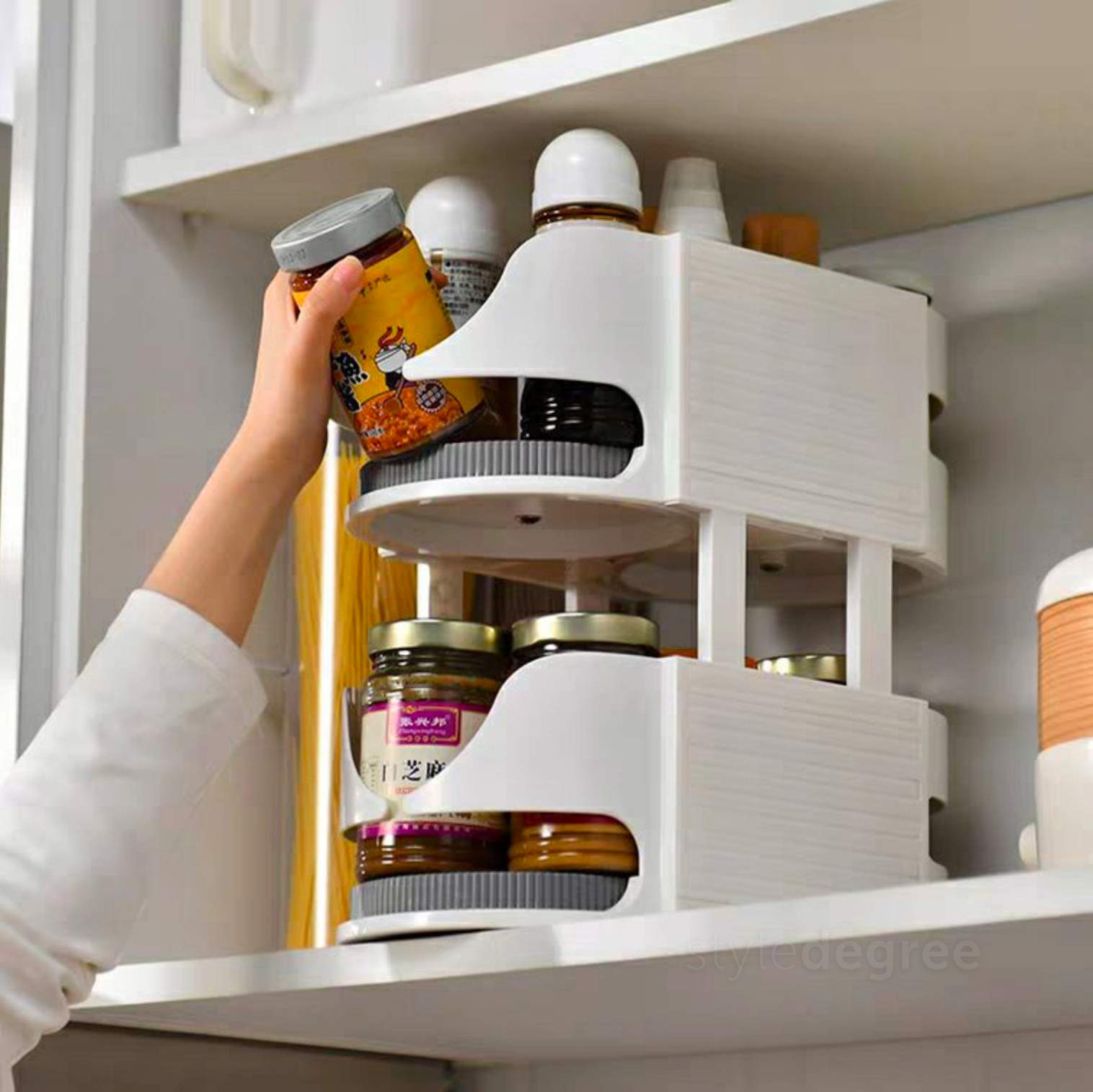Lazy Susan Cabinet Door Functionality and Design

Lazy Susan cabinet doors are a unique and innovative way to access hard-to-reach areas within your cabinets. These doors, also known as revolving doors, are designed to rotate, offering a full view of the cabinet contents and making it easy to retrieve items from the back. They are particularly popular in corner cabinets, where traditional doors can obstruct access and make it difficult to see the items stored inside.
Advantages and Disadvantages of Lazy Susan Cabinet Doors
Lazy Susan cabinet doors provide a number of advantages over traditional cabinet doors, particularly in terms of accessibility and convenience. However, they also come with some disadvantages that you should consider before making a decision.
Advantages
- Improved Accessibility: Lazy Susan doors provide full access to the entire cabinet space, eliminating the need to reach awkwardly into corners or struggle to retrieve items from the back. This is especially beneficial for storing bulky or heavy items.
- Enhanced Visibility: The rotating mechanism of a lazy Susan door allows you to see all the contents of the cabinet at a glance, making it easier to find what you’re looking for and reducing the need to rummage around.
- Space Optimization: Lazy Susan doors maximize the usable space within your cabinets, especially in corner cabinets where traditional doors can waste valuable space.
Disadvantages
- Higher Cost: Lazy Susan doors are typically more expensive than traditional cabinet doors due to their more complex design and construction.
- Potential for Wear and Tear: The rotating mechanism of a lazy Susan door can be susceptible to wear and tear over time, especially if the door is used frequently.
- Limited Storage Options: Some types of Lazy Susan doors may limit the types of items you can store in the cabinet, such as tall or fragile items that could be damaged during rotation.
Types of Lazy Susan Cabinet Doors
There are several different types of lazy Susan cabinet doors available, each with its own unique mechanism and features. The type of lazy Susan door you choose will depend on your specific needs and preferences.
Types
- Full Lazy Susan: This type of lazy Susan door features a large rotating platform that covers the entire cabinet space. Full lazy Susans are ideal for large corner cabinets and provide maximum accessibility and visibility.
- Half Lazy Susan: As the name suggests, a half lazy Susan door only covers half of the cabinet space. It is a more compact option than a full lazy Susan and is suitable for smaller corner cabinets.
- Pull-Out Lazy Susan: This type of lazy Susan door is mounted on a track and slides out of the cabinet when opened. Pull-out lazy Susans are a good choice for cabinets with limited space or for those who prefer a more streamlined look.
Materials Used for Lazy Susan Cabinet Doors
Lazy Susan cabinet doors are typically made from a variety of materials, including wood, metal, and plastic. The choice of material will depend on your budget, style preferences, and the intended use of the cabinet.
Materials
- Wood: Wooden lazy Susan doors are a classic and elegant choice that can complement any kitchen style. They are typically made from durable hardwoods such as oak, maple, or cherry.
- Metal: Metal lazy Susan doors are a more modern and durable option. They are often made from stainless steel or aluminum and are resistant to scratches, dents, and corrosion.
- Plastic: Plastic lazy Susan doors are the most affordable option and are available in a wide range of colors and styles. They are lightweight and easy to clean but may not be as durable as wood or metal doors.
Installation of Lazy Susan Cabinet Doors
Installing a lazy Susan cabinet door can be a challenging task, but it is possible for homeowners with some DIY experience. The following steps will guide you through the process:
Tools and Materials
- Screwdriver
- Drill
- Level
- Measuring tape
- Pencil
- Safety glasses
- Lazy Susan cabinet door
- Installation instructions
Steps
- Prepare the Cabinet: Remove any existing cabinet doors or shelves and clean the cabinet interior. Ensure the cabinet is level and stable.
- Install the Lazy Susan Mechanism: Follow the manufacturer’s instructions to install the lazy Susan mechanism in the cabinet. This may involve attaching brackets or mounting plates.
- Attach the Lazy Susan Door: Once the mechanism is installed, attach the lazy Susan door to the mechanism. This may involve screwing the door to the mechanism or using a hinge system.
- Test and Adjust: After attaching the door, test the rotation of the lazy Susan and adjust the mechanism as needed to ensure smooth operation.
Designing a Custom Lazy Susan Cabinet Door
If you’re looking for a truly unique and functional lazy Susan cabinet door, you can consider designing a custom door that meets your specific needs. Here are some factors to consider when designing a custom lazy Susan door:
Factors to Consider
- Space Constraints: Consider the available space in your cabinet and choose a lazy Susan door size that will fit comfortably without obstructing access to other cabinet contents.
- Accessibility Needs: If you have any physical limitations, consider designing a lazy Susan door that is easy to reach and operate. This may involve choosing a door with a lower mounting height or a handle that is easy to grip.
- Storage Needs: Think about the types of items you plan to store in the cabinet and choose a lazy Susan door that will accommodate them. For example, if you plan to store large or heavy items, you may need a more robust door with a stronger mechanism.
- Style Preferences: Consider your kitchen’s overall style and choose a lazy Susan door that complements the existing cabinets and décor.
Lazy Susan Cabinet Door Applications and Uses

Lazy Susan cabinet doors are a game-changer in kitchen organization, maximizing space and making it super easy to access items. They are particularly useful in areas where traditional cabinet doors just don’t cut it, like corner cabinets and pantries.
Optimizing Storage in Corner Cabinets
Corner cabinets are notorious for being a storage black hole, but a Lazy Susan cabinet door transforms them into a haven of accessible storage. Imagine this: you open the door, and the entire cabinet contents rotate smoothly, bringing everything right to you. No more digging, no more frustration, just effortless access to everything you need.
Pantries Made Easy
A pantry equipped with a Lazy Susan cabinet door becomes a masterpiece of organization. You can easily reach anything you need, whether it’s spices, snacks, or canned goods. The rotating shelves let you see everything at a glance, eliminating the need to rummage around.
Organizing Items for Efficient Storage, Lazy susan cabinet door
To maximize the benefits of a Lazy Susan cabinet door, strategic organization is key.
- Group Similar Items: Keep similar items together. For example, all your spices in one section, baking supplies in another, and so on. This makes it super easy to find what you need.
- Prioritize Frequently Used Items: Place items you use most often on the outer shelves, making them easily accessible.
- Use Dividers and Trays: Dividers and trays help to keep items organized and prevent them from rolling around.
Visual Representation of a Kitchen Layout with Lazy Susan Cabinet Doors
Imagine a kitchen with a corner cabinet featuring a Lazy Susan cabinet door, stocked with spices, oils, and vinegars. Next to it, a pantry with a Lazy Susan cabinet door, holding canned goods, snacks, and baking supplies. This setup ensures efficient use of space and easy access to all your kitchen essentials. The Lazy Susan cabinet doors bring a touch of modern convenience to your kitchen, making it a joy to cook and entertain.
Lazy Susan Cabinet Door Maintenance and Troubleshooting

Keeping your lazy Susan cabinet door running smoothly is crucial for easy access to your kitchen essentials. With a little care and attention, you can ensure its longevity and prevent any frustrating problems.
Cleaning and Maintenance
Regular cleaning and maintenance are essential to keep your lazy Susan cabinet door operating smoothly. Here’s a step-by-step guide:
- Dusting: Use a soft cloth or duster to wipe away dust and debris from the door’s surface, bearings, and tracks.
- Cleaning: For deeper cleaning, use a mild soap and water solution. Avoid harsh chemicals or abrasive cleaners, as they can damage the finish.
- Lubrication: Apply a light lubricant, such as WD-40 or silicone spray, to the bearings and tracks. This helps reduce friction and ensures smooth rotation.
- Tightening: Check for any loose screws or bolts and tighten them as needed.
Common Problems and Troubleshooting
While lazy Susan cabinet doors are generally durable, they can sometimes experience issues. Here are some common problems and their solutions:
- Squeaking: If you hear squeaking sounds, it’s likely due to dry bearings or tracks. Apply a light lubricant to address this issue.
- Jamming: Jamming can occur due to debris buildup or misaligned tracks. Clean the tracks and bearings thoroughly and ensure the tracks are properly aligned.
- Loosening Mechanisms: Over time, the mechanisms that hold the lazy Susan in place can loosen. Tighten any loose screws or bolts to resolve this issue.
Lazy Susan Cabinet Door Brands and Models
Here’s a comparison table of different brands and models of lazy Susan cabinet doors, highlighting their features, pros, and cons:
| Brand | Model | Features | Pros | Cons |
|---|---|---|---|---|
| Brand A | Model X | Smooth bearings, adjustable height, soft-close mechanism | Quiet operation, easy to adjust, prevents slamming | Slightly more expensive |
| Brand B | Model Y | Heavy-duty construction, large capacity, rust-resistant finish | Durable, spacious, withstands heavy loads | Can be slightly heavier to rotate |
| Brand C | Model Z | Sleek design, space-saving, easy installation | Stylish, maximizes cabinet space, quick setup | Limited weight capacity |
Lazy Susan cabinet doors are a popular choice for corner cabinets, providing easy access to stored items. The construction of these doors often utilizes materials like poplar wood kitchen cabinets , which offers a balance of durability and affordability.
Poplar wood’s natural grain and light color provide a clean aesthetic that complements various kitchen styles. While Lazy Susan doors offer convenience, their design can sometimes present challenges for cabinet door hardware installation, requiring careful consideration of placement and functionality.
Lazy Susan cabinet doors, with their rotating mechanism, offer efficient access to corner cabinet contents. While they excel in maximizing space utilization, they can sometimes hinder easy access to items located at the back. For a more streamlined approach, consider an alternative like the ikea sliding door cabinet.
These cabinets provide full visibility and easy access to all items, eliminating the need for rotation. However, if maximizing corner space remains a priority, the Lazy Susan’s rotating mechanism remains a valuable option.
